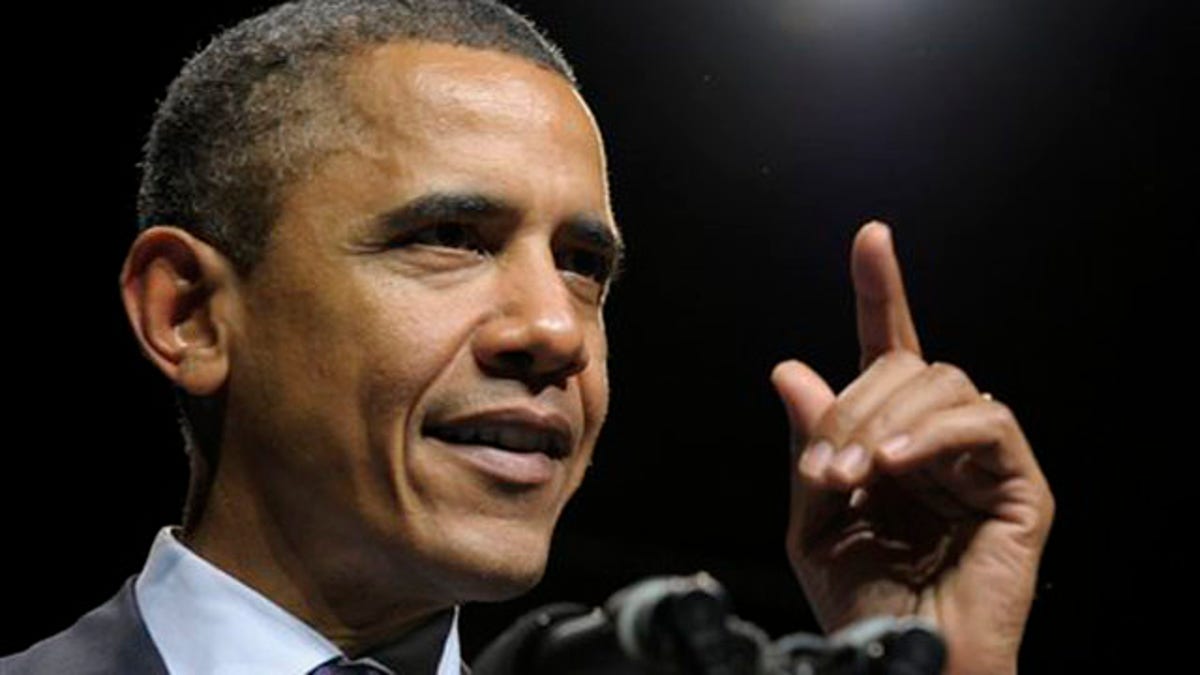
President Obama speaks at the Democratic National Committee Gen44 event at DAR Constitution Hall in Washington Sept. 30. (AP Photo)
WASHINGTON -- It's a centerpiece of President Obama's health care remake, a lifeline available right now to vulnerable people whose medical problems have made them uninsurable.
But the Pre-Existing Condition Insurance Plan started this summer isn't living up to expectations. Enrollment lags in many parts of the country. People who could benefit may not be able to afford the premiums. Some state officials who run their own "high-risk pools" have pointed out potential problems.
"The federal risk pool has definitely provided critical access, in some cases lifesaving access, to health insurance," said Amie Goldman, chair of a national association of state high-risk insurance pools. "That said, enrollment so far is lower than we would have expected."
California, which has money for about 20,000 people, has received fewer than 450 applications, according to a state official. The program in Texas had enrolled about 200 by early September, an official in that state said. Goldman, who runs the pool in Wisconsin, said they've received fewer than 300 applications so far, with room for about 8,000 people in the program.
That's not how it was supposed to work.
Government economists projected as recently as April that 375,000 people would gain coverage this year, and they questioned whether $5 billion allocated to the program would be enough.
Federal officials won't provide enrollment figures, saying several large states have yet to get going.
"We don't think this is getting off to a slow start," said Jay Angoff, director of a new insurance oversight office at the Department of Health and Human Services. "We think this is getting off to a good and orderly start."
Angoff said he's confident more people will sign up, and he pointed out the program was set up in near-record time.
What happens with the Pre-Existing Condition Insurance Plan is important because it could foreshadow problems with major changes under the law that are still a few years away.




